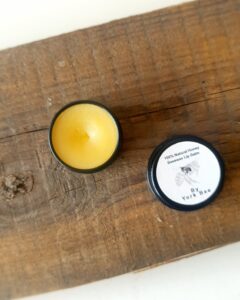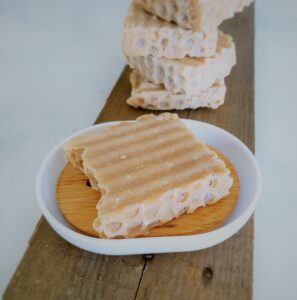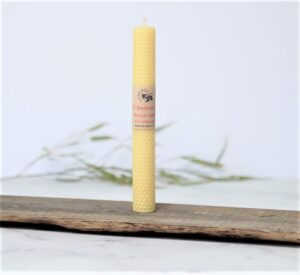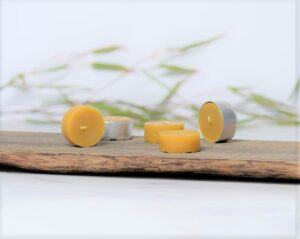Bee visits 100 flowers during one trip
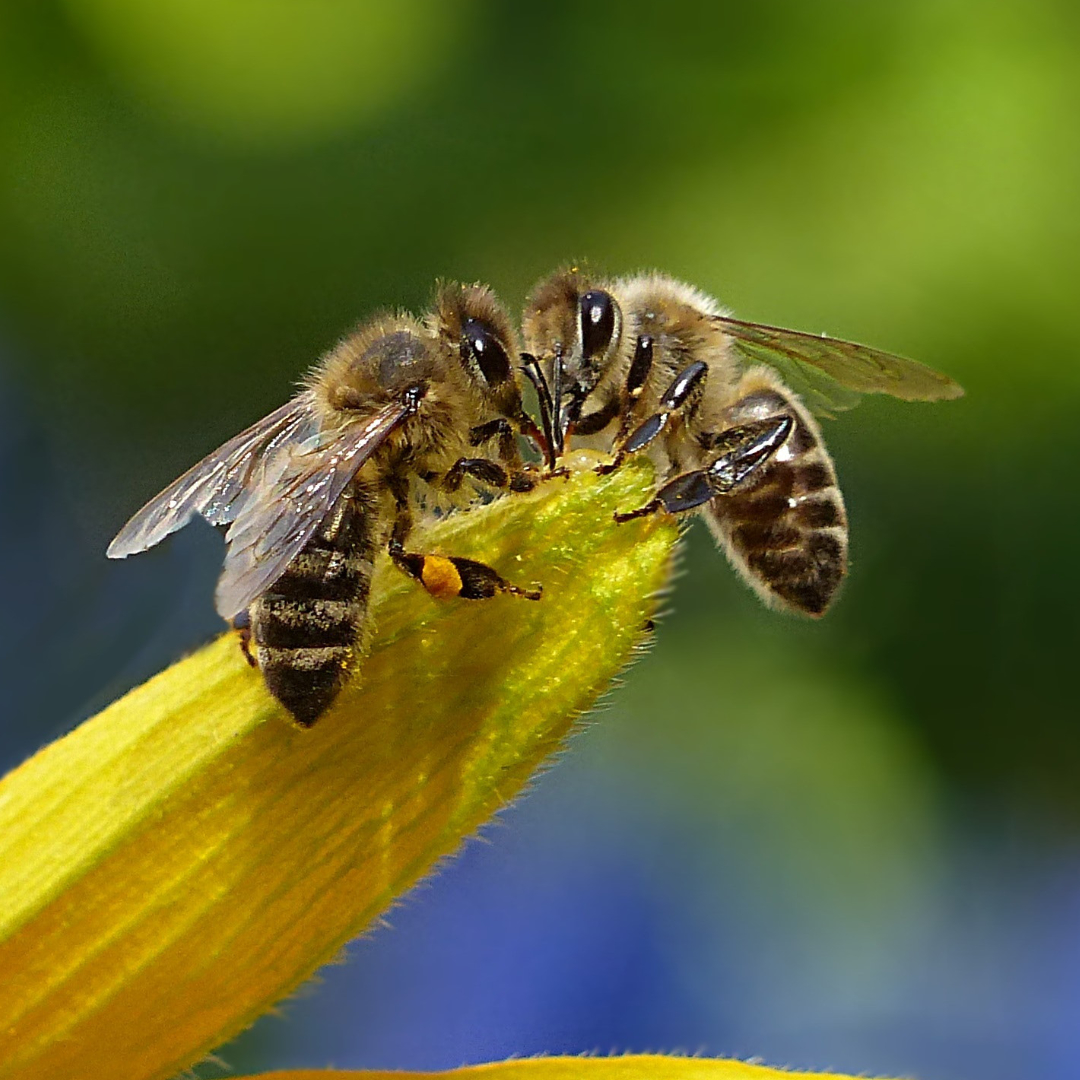
Unlike many other species – bees or more specific honeybee species don’t hibernate in the winter. Rather they stay active in their hives. During coldest months, honeybees cluster together to keep warm to survive on the sweet substance that they have been gathering for months in advance. This substance is what we are calling honey.
We think that the process of making honey is amusing! In few steps I will try to introduce you into this process, but before that happen, here are some interesting facts about honey which are unbelievable:
5 facts about bees that will interest you
- Not all bees make honey. There are seven species of honey bees (surprisingly low number isn’t it). Honey Bees collect nectar. In addition they are collecting pollen as well during their foraging trips so they can make honey to store for the cold winter months. Just to clarify it, they are making honey as it is their food.
- Worker bees make about 1/12 of a teaspoon of honey in their short lifetimes(not too much isn’t it). The bee’s lifespan is about six weeks.
- On average, honey bee visits 100 flowers during one foraging trip
- A colony of bees (large one in fact) can eat one hundred to two hundred pounds (that is up to 100 kilograms!)
- Honey bees are travelling on 4 to 5 mile radius (that is 6 to 8 kilometres) for pollen and nectar. To make just one pound of honey, honey bees will travel approximately 55,000 miles (and that is whooping 88 thousand kilometres)
Eco Lip Balm-With Raw Honey Protects & Moisturizes!
100% Natural Handmade Honey Soap - Pure & Gentle
100% Natural Hand-Rolled Beeswax Candle - Made in the UK
100% Pure Natural Tealight Candles-set of 6
How much honey does one hive produce?
There are many factors that determine how much honey a single colony (or one hive) will need to produce for a winter period. It depends on the climate where the bees live, how much ventilation the hive has, the number of bees in the hive and how much ventilation the hive has. Honeybees will be gathering pollen to make honey until every cell in their hive is full. More of this information you can find at Italian Journal of Animal Science.
According to University of Arkansan Division of Agriculture – workers reared in the spring and early summer tend to live for five to six weeks. The first two weeks of their lives are spent as house bees, doing tasks in the hive. The remainder of their time is spent as field bees, foraging for food outside the hive. Workers that reach maturity in the late fall may live well into the following spring. They must maintain a cluster of bodies around the queen bee, keeping her warm through the winter months. Later, when egg-laying resumes, they must raise the first generation of young bees the next year.
Honey, when it is produced, is a very long lasting food. Honeybees reduce the water content in honey and adding sugar, which greatly limits the ability of bacteria and other microorganisms to grow in it and waste it, according to the Saudi Journal of Biological Sciences. Effectiveness and potency of honey against microorganisms depends on the type of honey produced, which is contingent on its botanical origin and health of the bee, its origin and processing method.

